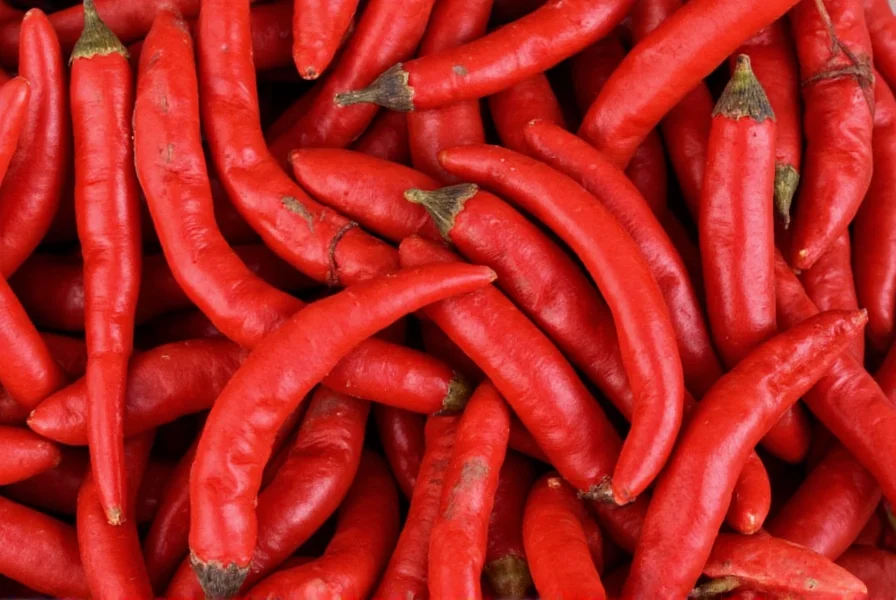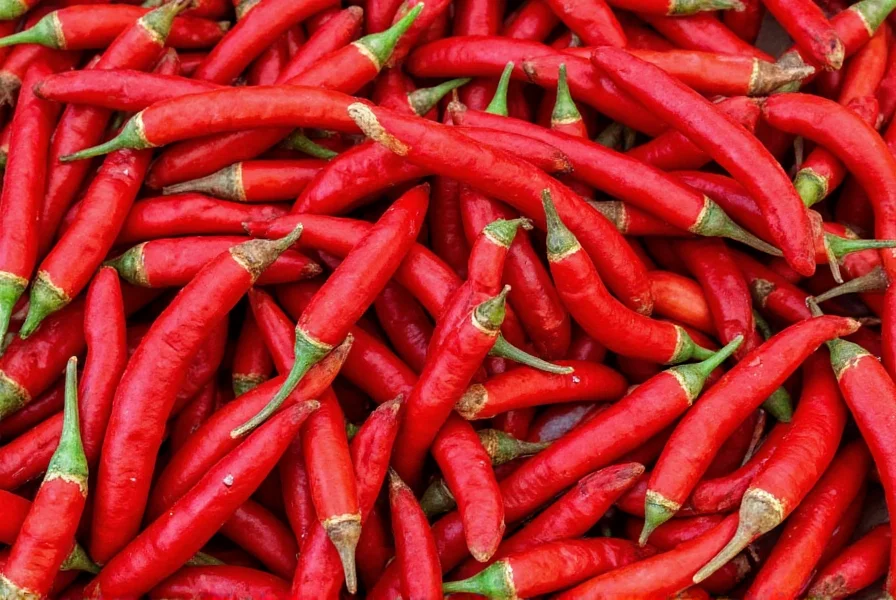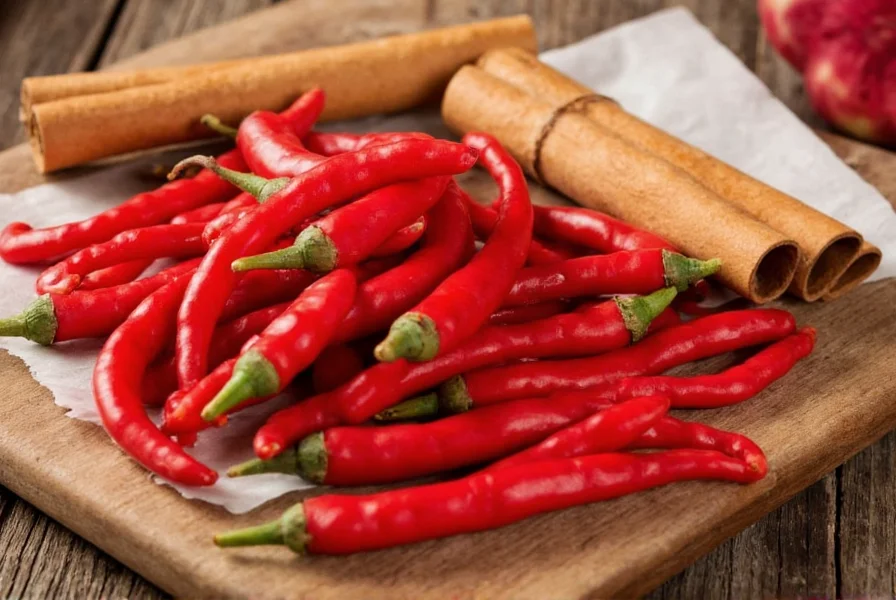Cinnamon Red Hots have been satisfying spice lovers since 1930, offering a distinctive candy experience that sets them apart from other cinnamon-flavored treats. Unlike many modern candies, these small, torpedo-shaped sweets deliver an authentic cinnamon burn that builds gradually rather than overwhelming the palate immediately. Understanding what makes these candies unique requires examining their composition, manufacturing process, and the science behind their characteristic heat.
The Science Behind the Signature Burn
Many people wonder why Cinnamon Red Hots create that distinctive burning sensation without containing actual chili peppers. The answer lies in cinnamaldehyde, the primary compound in cinnamon responsible for both its flavor and warming effect. Unlike capsaicin in hot peppers which triggers heat receptors immediately, cinnamaldehyde works more gradually, creating that signature slow-building warmth that makes Cinnamon Red Hots so distinctive.
Food scientists have studied this phenomenon extensively. The hard candy matrix slowly dissolves in the mouth, releasing cinnamaldehyde at a steady rate. This controlled release creates what candy enthusiasts call the "Red Hots progression"—starting with sweet sugar notes, transitioning to warm cinnamon, and culminating in that familiar burn that can last several minutes.
Ingredients and Manufacturing Process
Examining what are Cinnamon Red Hots made of reveals a surprisingly simple formulation. The primary ingredients include:
| Ingredient | Percentage | Function |
|---|---|---|
| Sugar | 65-70% | Base structure and sweetness |
| Corn Syrup | 20-25% | Prevents crystallization, adds texture |
| Artificial Cinnamon Flavor | 4-6% | Provides signature heat and flavor |
| Red 40 | Trace | Coloring agent |
The manufacturing process for Cinnamon Red Hots involves a specialized technique called "panning." Unlike most hard candies that are poured and cut, Red Hots are created by repeatedly coating sugar centers with layers of flavored syrup in large rotating drums. This method creates their distinctive oblong shape and ensures the cinnamon flavor permeates throughout rather than just coating the surface.

Historical Development and Cultural Significance
The history of Cinnamon Red Hots candy dates back to 1930 when they were first produced by the M. R. C. Company. Originally marketed as "Red Hots," the "Cinnamon" designation was added later to clarify their flavor profile. During World War II, these candies gained popularity as non-perishable treats that could withstand shipping to troops overseas.
What many don't realize is that Cinnamon Red Hots were among the first mass-produced cinnamon candies in the United States. Their enduring popularity—nearly a century after their introduction—speaks to their unique sensory experience. Unlike competitors that have come and gone, Red Hots have maintained consistent formulation and manufacturing methods, preserving their distinctive characteristics.
Culinary Applications Beyond Snacking
While most enjoy Cinnamon Red Hots as standalone candies, their intense flavor profile makes them valuable in various culinary applications. Professional chefs and home cooks alike have discovered creative uses for these spicy sweets:
- Baking enhancement: Melting Red Hots into glazes for donuts or cinnamon rolls adds depth beyond standard cinnamon
- Cocktail garnishes: Using them to rim glasses for whiskey-based drinks creates a spicy-sweet contrast
- Flavor infusion: Steeping Red Hots in hot liquids creates instant cinnamon syrup for beverages
- Craft projects: Their vibrant color and heat resistance make them popular in decorative crafts
When exploring how to use Cinnamon Red Hots in recipes, it's important to remember their intense flavor concentration. A single candy can flavor an entire cup of liquid, making them remarkably efficient compared to ground cinnamon or liquid extracts.
Comparative Analysis with Similar Products
Understanding Cinnamon Red Hots vs Hot Tamales reveals significant differences despite their shared cinnamon profile. While both contain artificial cinnamon flavoring, Hot Tamales are chewy candies with a fruit-cinnamon blend, whereas Red Hots deliver pure, intense cinnamon in a hard candy format.
Another common comparison involves Red Hots and Atomic Fireballs. Both create burning sensations, but through different mechanisms—Atomic Fireballs use a combination of cinnamon and mint oils that create a more immediate, sharper burn, while Red Hots build gradually through their sugar matrix dissolution.

Nutritional Profile and Dietary Considerations
For those examining Cinnamon Red Hots nutritional facts, a standard serving (9 pieces or 15g) contains approximately 110 calories, 28g carbohydrates, and 21g sugars. They contain no fat, protein, or significant vitamins and minerals.
Regarding dietary restrictions, Cinnamon Red Hots are technically vegan as they contain no animal products, though some strict vegans may avoid them due to sugar processing concerns. They're gluten-free and kosher certified, making them accessible to many with dietary restrictions. However, their high sugar content means they should be consumed in moderation as part of a balanced diet.
Frequently Asked Questions
What gives Cinnamon Red Hots their burning sensation without capsaicin?
The burning sensation comes from cinnamaldehyde, the primary compound in cinnamon. Unlike capsaicin in chili peppers, cinnamaldehyde triggers warmth receptors more gradually. The hard candy structure dissolves slowly in the mouth, releasing cinnamaldehyde at a steady rate that creates the signature slow-building heat that characterizes Cinnamon Red Hots.
Are Cinnamon Red Hots vegan-friendly?
Yes, Cinnamon Red Hots are technically vegan as they contain no animal-derived ingredients. The primary components are sugar, corn syrup, artificial flavor, and Red 40 coloring. However, some strict vegans may avoid them due to concerns about bone char potentially used in sugar processing, though the manufacturer doesn't specify this detail.
How do Cinnamon Red Hots differ from Hot Tamales?
While both are cinnamon-flavored candies, they differ significantly. Cinnamon Red Hots are hard candies with pure, intense cinnamon flavor that builds gradually. Hot Tamales are chewy candies with a fruit-cinnamon blend that delivers immediate heat. Red Hots contain higher concentrations of cinnamaldehyde and lack the fruit notes present in Hot Tamales, resulting in a more authentic cinnamon experience.
Can Cinnamon Red Hots be used in cooking and baking?
Yes, Cinnamon Red Hots have several culinary applications. Their concentrated flavor makes them excellent for creating instant cinnamon syrup when melted in liquid. Chefs use them to enhance glazes for baked goods, rim cocktail glasses, or infuse beverages. Because of their intense flavor, a small number can flavor larger quantities—typically one candy flavors approximately 1/4 cup of liquid.
Why do Cinnamon Red Hots last longer than other hard candies?
The longevity of Cinnamon Red Hots comes from their unique panning manufacturing process and sugar composition. Unlike poured hard candies, Red Hots are built through multiple layers in rotating drums, creating a denser structure. The specific ratio of sugar to corn syrup (approximately 3:1) creates a harder candy matrix that dissolves more slowly in the mouth, extending both the flavor experience and the characteristic burning sensation.











 浙公网安备
33010002000092号
浙公网安备
33010002000092号 浙B2-20120091-4
浙B2-20120091-4